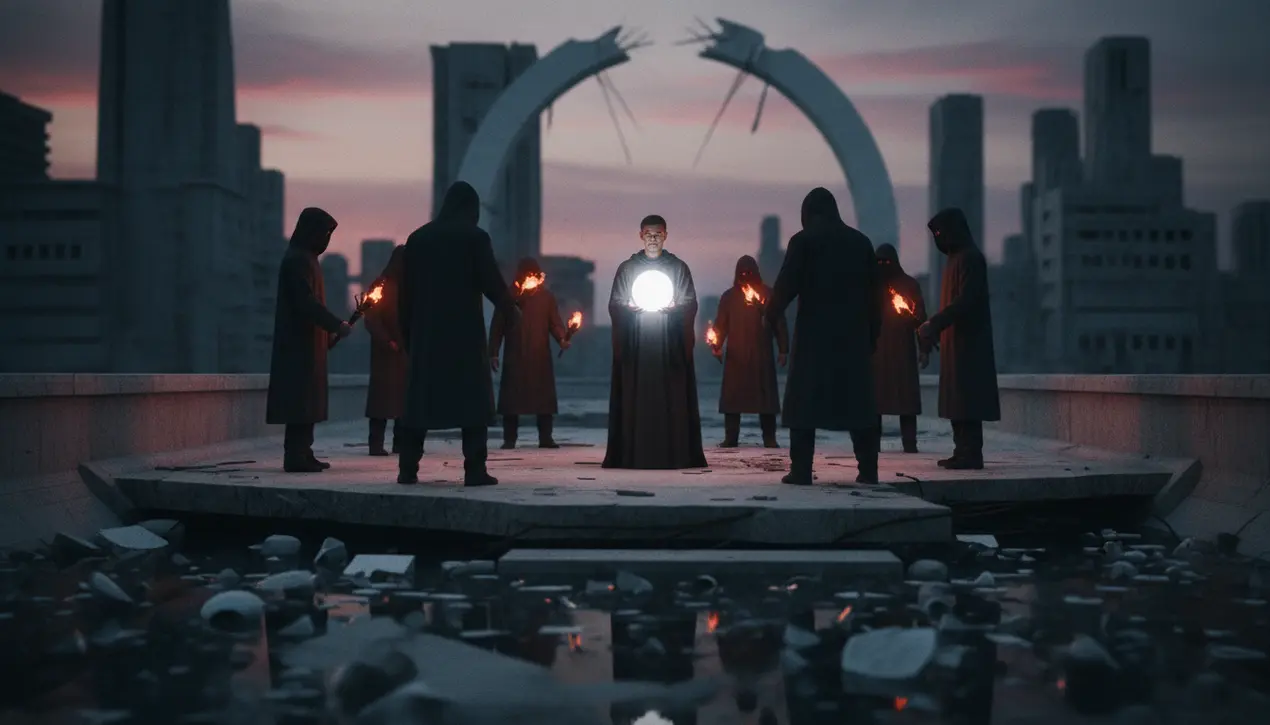
Politicsprotests & movementsMass Demonstrations
How Did We Get Here? Imagining a Better World is a Threat.
MI
Michael Ross
2 days ago7 min read4 comments
We find ourselves in a peculiar and unsettling epoch where the simple, profound act of imagining a better world is increasingly framed not as a noble aspiration but as a direct threat to societal stability. This isn't a new phenomenon, but its current intensity is alarming; it echoes the trepidation that greeted the printing press, which threatened established religious and political hierarchies by democratizing knowledge, or the early Luddite fears that mechanization would unravel the very fabric of society.Today, the battleground is the conceptual realm. When activists, artists, or even technologists propose radical alternatives—be it post-capitalist economic models, borderless nations, or AI-driven resource distribution—they are often met not with rigorous debate but with swift dismissal, labeled as utopian dreamers or dangerous subversives.This reaction is a defense mechanism of entrenched power structures. A system built on specific axioms of scarcity, competition, and hierarchy perceives any vision operating on different axioms as an existential risk.It’s a form of ideological immune response, attacking the foreign body of a new idea before it can replicate. We see this in the legislative pushback against teaching critical theories that re-examine history, in the corporate co-opting of ESG principles to render them palatable and ineffective, and in the political rhetoric that frames climate action as an assault on a way of life rather than a necessary evolution.The underlying fear is that if people can truly envision a substantively different and more equitable world, they will become dissatisfied with the incremental, often illusory, progress offered by the status quo. This is where Asimov's Three Laws of Robotics find a poignant, metaphorical parallel; we are grappling with a Zeroth Law for society itself, where the perceived good of the established system overrides the potential good of a hypothetical, better one.The tension lies in the inherent uncertainty: is this imagined future a genuine improvement or a path to chaos? This is the central dilemma of our time, forcing us to confront whether our institutions are robust enough to withstand serious critique and imaginative reconstruction, or if their fragility necessitates the suppression of the very creativity required to navigate an increasingly complex future. The cost of this suppression is a stagnation of collective imagination, a narrowing of the Overton window not just for policy, but for human potential itself.
#editorial picks news
#social commentary
#political dissent
#imagination
#societal threats
#activism
#future visions
Stay Informed. Act Smarter.
Get weekly highlights, major headlines, and expert insights — then put your knowledge to work in our live prediction markets.
Comments
Loading comments...
© 2025 Outpoll Service LTD. All rights reserved.